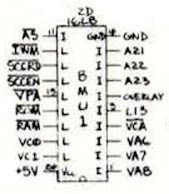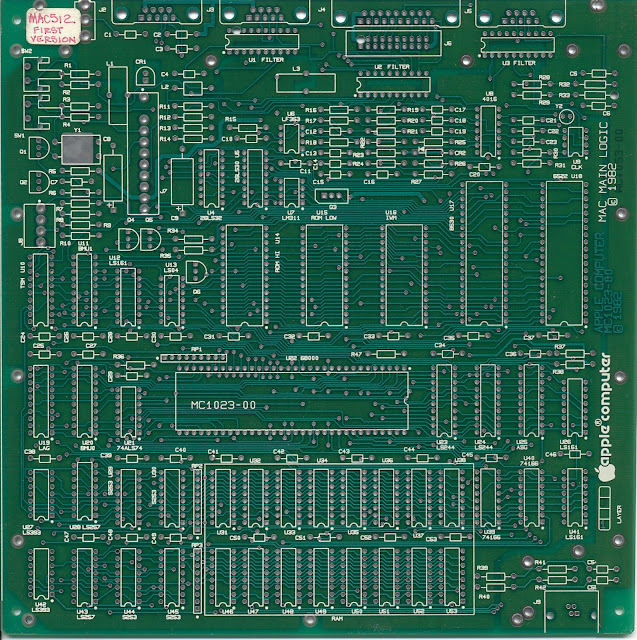I don't know if it's happened to you too, but when I study electronic diagrams it makes me want to "reconstruct" the circuit to see it work. It's as if your head starts to go faster in imagining that you already have all the components at hand, ready to be inserted into their respective sockets on the PCB.
It is also frustrating to note that the transition from a scheme to a prototype is not so immediate, especially in my current condition, where handling components, wires, and soldering iron has become a little difficult.
The "luck" is that I don't want to build such a complex prototype because I will use a development board on which an emulator will run.
Now I'm "only" studying how the components interact, so a digital electronic circuit simulator might be enough. But what do bricks have to do with it? Well, logic gates are the building blocks of computers, and having a tool that allows you to grow assemblies of logic gates and see them in action can be essential for reverse engineering.
After several days of searching, I found him, "Digital", fantastic. The author's page reads: "Digital is an easy-to-use digital logic designer and circuit simulator designed for educational purposes." Educational says. In my opinion, it is much, much more!
In addition to being simple and intuitive to use, it is very powerful and feature-rich. The thing I love is the ability to create custom components using VHDL or Verilog, but not only that, but you can also see them in action in the simulation.
But what struck me most? What if I say VGA? What? But of course, there is a component that is able to function as a VGA monitor, not in real time (yet) but manages to hook HSync, VSync, and RGB signals with pixel clocks available in many resolutions.
A fire lit up inside me, I forgot for a while my never-ending headache, and like a rocket I began to design the video circuit of the Macintosh, modifying the standard 640*480 VGA signal to display the resolution of 512*342, using only 16 pixels in repetition.
Crazy!
Needless to say, I will use it a lot, and I will reveal many surprises to you! Check this out!
https://github.com/hneemann/Digital
































